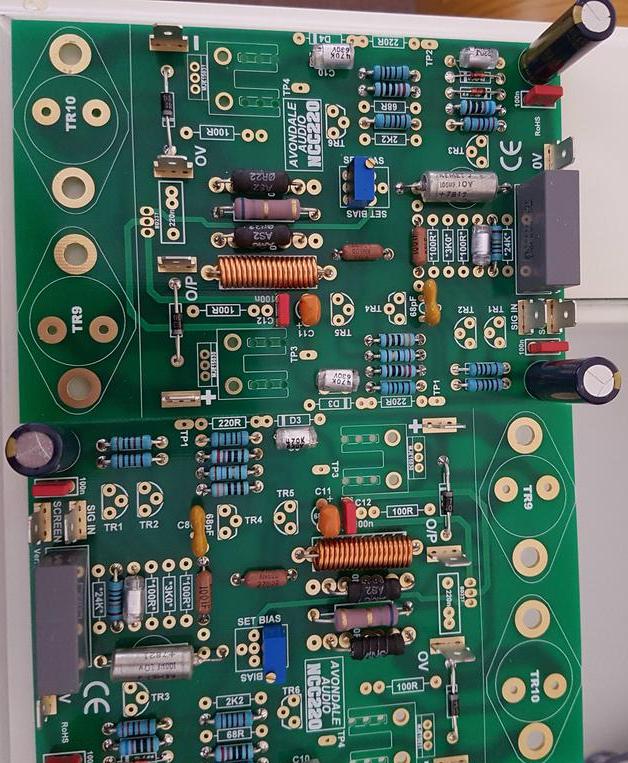laverda
pfm Member
I wonder how easy these are to fit for those lower down on the diy audio amp side
Its not particularly dificult but a basic understanding of a Multimeter is required to check bias and DC offset after fitting. It goes without saying AC mains/electricity can kill. In short if you don't know, get some one else to do it who does or can show you.



